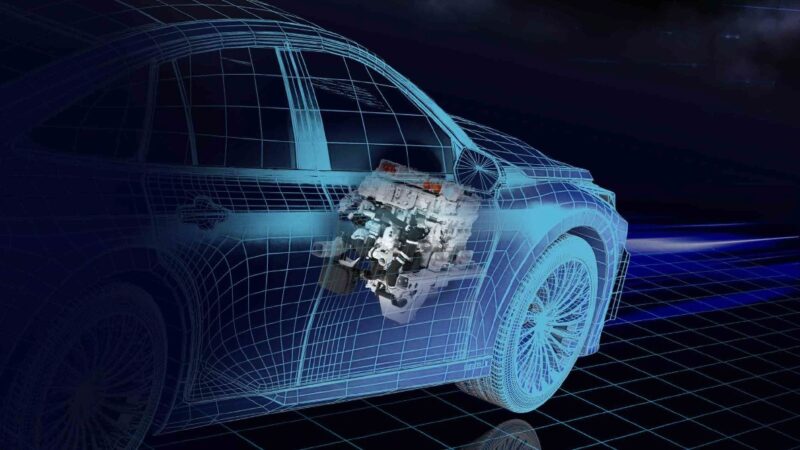To this date, the use of electric vehicles with hydrogen fuel cell systems (FCEVs) is still not as widespread compared to electric vehicles (EVs).
Take, for instance, the Toyota Mirai, a hydrogen-powered sedan that has been available since 2014, with over 28,000 units sold in more than 30 countries.
This is a relatively small figure.
Looking ahead, Toyota still believes that this hydrogen system can serve as a better alternative to internal combustion engine (ICE) vehicles and EVs.
The third-generation fuel cell system was officially introduced recently, promising a more compact unit and a driving range that is 20 percent longer (up to 772 kilometers).
Furthermore, Toyota claims that this third-generation system can achieve durability comparable to that of diesel engines while offering maintenance-free design benefits.
Through innovations in cell design and manufacturing processes, this system is also cheaper to produce, contributing to a more affordable sales price.
The third-generation fuel cell system will not only be used for the passenger vehicle segment but is also expected to be expanded to the heavy-duty commercial vehicle segment for markets in Japan, Europe, North America, and China by 2026.
Second-generation Toyota Mirai
